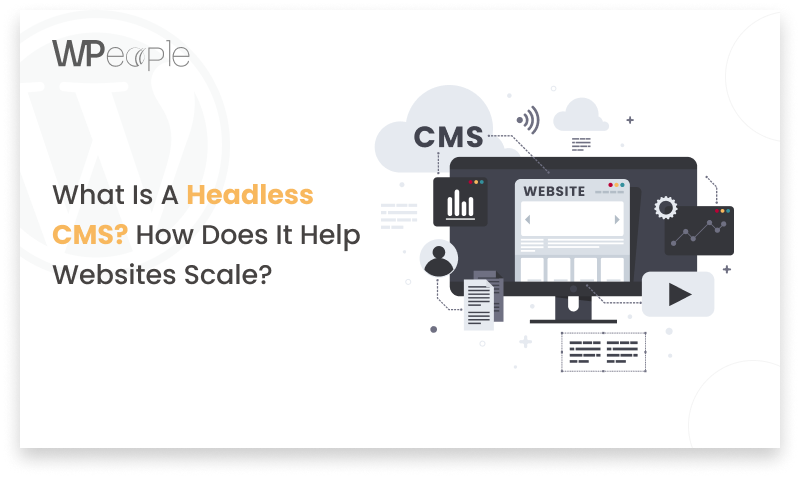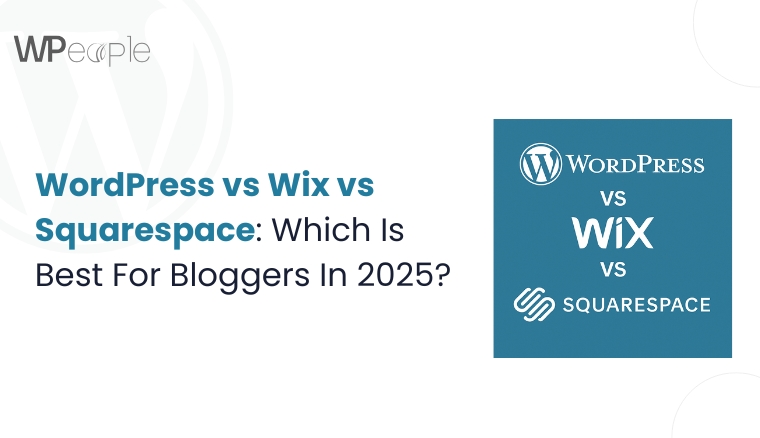
Summary: The traditional content management system (CMS) landscape is evolving. A paradigm shift is occurring with the rise of Headless CMS, a transformative approach that’s redefining how websites are built, managed, and scaled. In this comprehensive guide, we’ll explore the intricacies of Headless CMS, unravel its benefits, and delve into how it serves as a catalyst for scaling websites. So, fasten your seatbelts as we embark on a journey into the world of Headless CMS and its impact on digital scalability.
Understanding Headless CMS: Beyond the Traditional
Understanding Headless CMS: Decoding the Decoupled Architecture
At its core, a Headless CMS operates as a back-end-only content management system, acting as a content reservoir accessible through APIs. The essence lies in the decoupled architecture, where content, stored in a repository “body,” can be effortlessly separated from the presentation layer or “head.” This decoupling liberates content from design constraints, offering unparalleled flexibility in content delivery.
With Headless CMS, content can be managed and delivered across various platforms and devices, empowering developers to create dynamic and personalized user experiences. Say goodbye to traditional monolithic systems and embrace the agility of Headless CMS for modern content delivery
The Role of APIs in Headless CMS
In a Headless CMS system, APIs play a pivotal role in facilitating seamless communication between the content repository and the presentation layer. This innovative approach eliminates the need for a built-in front-end, allowing content to be readily displayed on any device. The heads, or presentation layers, communicate through APIs, unlocking functionalities like real-time updates and multi-organization collaboration.
Scalability Unleashed: Managing Unstructured Data
Traditional CMS platforms often face scalability challenges when dealing with large volumes of data. However, Headless CMS architecture, by virtue of APIs, excels in handling unstructured data such as images or videos. This scalability advantage becomes particularly crucial as websites evolve and content demands grow.
Extending Content Management Beyond Websites
A distinctive feature of Headless CMS is its ability to extend content management beyond websites. Through APIs, content can seamlessly integrate with various platforms, including point-of-sales systems and online marketplaces. This capability broadens the reach of your content, ensuring a consistent and engaging user experience across diverse channels.
How Does Headless CMS Enhance Scalability?
1. Seamless Integration with Diverse Frontends
The decoupled nature of Headless CMS allows developers to integrate content seamlessly into multiple frontends. Whether it’s a website, mobile application, or IoT device, the content can be delivered consistently and efficiently across diverse platforms.
2. Enhanced Performance and Page Load Speeds
Traditional CMS often carries unnecessary frontend baggage, slowing down page load speeds. With Headless CMS, developers have the flexibility to optimize and streamline frontend code, resulting in faster load times and a superior user experience.
3. Future-Proofing Your Website
As technology evolves, so do user expectations. Headless CMS ensures your website remains adaptable to emerging technologies, allowing for quick implementation of new features and functionalities without the need for a complete overhaul.
4. Effortless Content Management
Content updates become a breeze with Headless CMS. Since the backend is separated from the frontend, content editors can make changes without affecting the website’s design or structure, ensuring a smooth and efficient content management process.
Implementing Headless CMS: Practical Considerations
1. Choose the Right Headless CMS
Selecting the appropriate Headless CMS is crucial. Evaluate factors such as ease of use, scalability features, and community support. Popular choices include Strapi, Contentful, and WordPress with the REST API.
2. Collaboration Between Developers and Content Editors
Effective collaboration between developers and content editors is key to maximizing the benefits of Headless CMS. Providing training sessions and clear documentation can bridge the gap and foster a harmonious workflow.
3. Define Clear Objectives:
Establish specific goals and objectives for adopting a Headless CMS.
Align these goals with your overall business and digital strategy.
4. Security Measures:
Implement robust security protocols to safeguard your content and data.
Regularly update and monitor security features to stay ahead of potential threats.
5. Budget and Resource Allocation:
Develop a realistic budget for the implementation process.
Allocate resources efficiently, considering both initial setup and ongoing maintenance.
Ensuring SEO Excellence with Headless CMS
1. SEO-Friendly URLs and Metadata
Configure your Headless CMS to generate SEO-friendly URLs and metadata. This ensures that search engines can easily crawl and index your content, positively impacting your website’s search engine ranking.
2. XML Sitemap Implementation
Integrate an XML sitemap to facilitate search engine crawlers in navigating your website’s structure. This step is essential for ensuring that all your content gets indexed efficiently.
3. Responsive Design Implementation
Prioritize responsive design to enhance user experience across devices. Google favors mobile-friendly websites, and a Headless CMS allows for optimal responsiveness without the constraints of a monolithic structure.
digital landscape. Stay ahead, embrace Headless CMS, and witness your website scale to new heights.
4. Schema Markup Integration
Incorporate Schema markup to provide additional context to search engines about your content. This helps search engines understand the meaning behind your content, potentially leading to richer search results and improved visibility.
Stay ahead, embrace Headless CMS, and witness your website scale to new heights in the competitive digital landscape, ensuring optimal WordPress SEO performance.
FAQs About Headless CMS
Q1: Is Headless CMS suitable for all types of websites?
Yes, Headless CMS is versatile and can be adapted to various types of websites, from simple blogs to complex e-commerce platforms.
Q2: How does Headless CMS affect SEO?
Headless CMS doesn’t inherently impact SEO negatively. Proper implementation, including optimized APIs and structured data, can positively influence search engine rankings.
Q3: Are there any downsides to using Headless CMS?
While the benefits are substantial, some downsides include a potentially steeper learning curve for developers and the need for robust API management.
Q4: Can I migrate from a traditional CMS to a Headless CMS?
Yes, migration is possible, but it requires careful planning and execution. It’s essential to assess the content structure and ensure a smooth transition.
Q5: Are there security concerns with Headless CMS?
Security depends on implementation. Following best practices, such as securing APIs and regularly updating software, mitigates potential security risks.
Conclusion: Paving the Way Forward with Headless CMS
In the ever-evolving digital sphere, embracing a Headless CMS transcends mere trendiness; it signifies a strategic leap into the future of web development. The decoupled architecture, dynamic scalability, and potent SEO optimization capabilities converge to make Headless CMS a formidable asset for visionary developers and businesses alike.
Embarking on the journey of adopting a Headless CMS demands more than a cursory understanding – it requires a deep dive into its intricacies. Discover how integrating a Headless CMS can synergize with Custom WordPress Development, creating a tailored digital experience that sets your website apart.
As you navigate this transformative landscape, envision your website not as a static entity but as a dynamic, adaptive force. The right approach to Headless CMS unlocks limitless possibilities, ensuring your website delivers an unmatched user experience and secures a commanding presence in today’s fiercely competitive digital arena. It’s not just a conclusion; it’s a prelude to the next chapter in your digital success story. Embrace the Headless Revolution – where the future of your digital presence awaits.
Consult with Our WordPress Experts On:
- WooCommerce Store
- Plugin Development
- Support & maintenance




